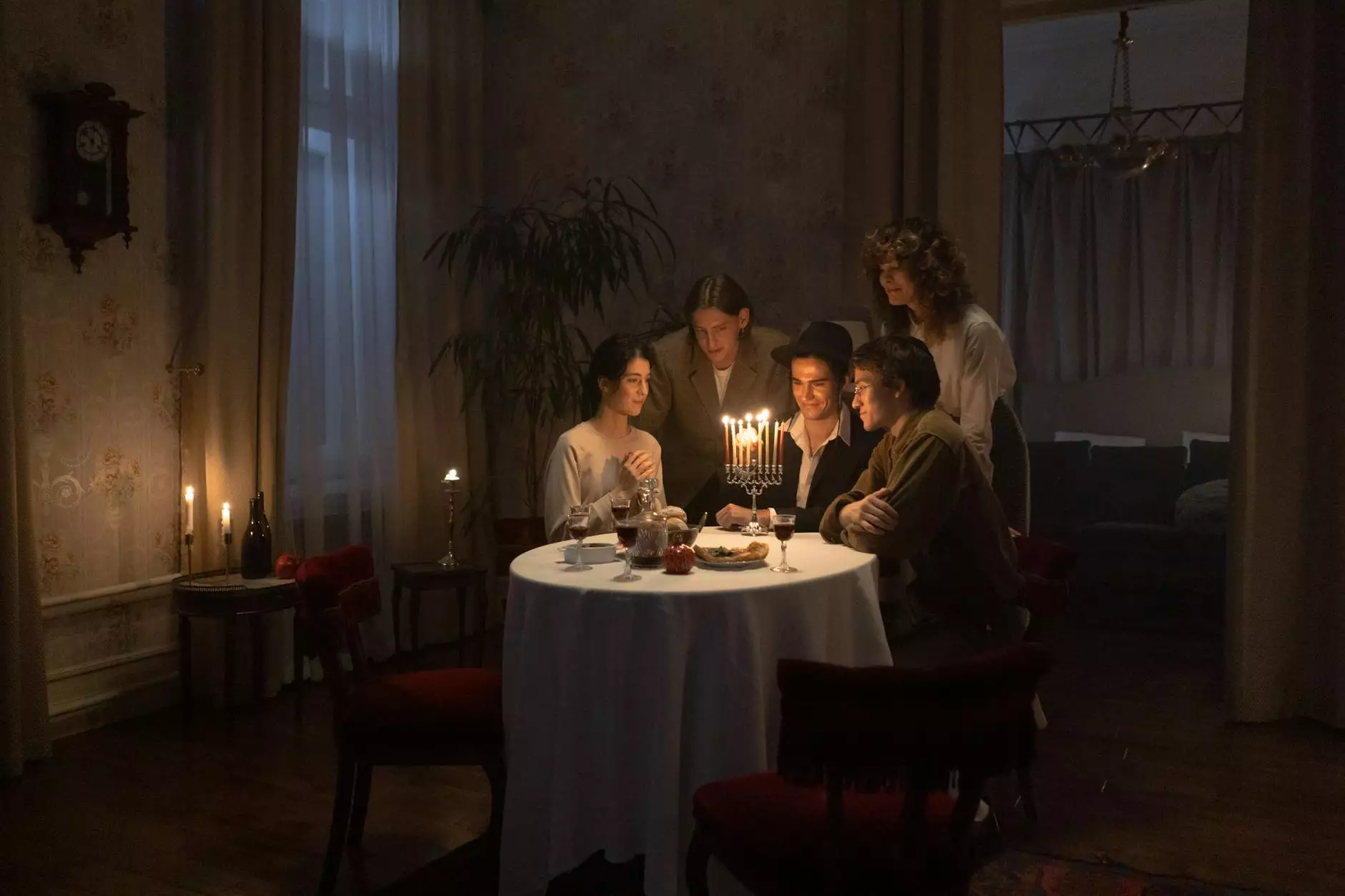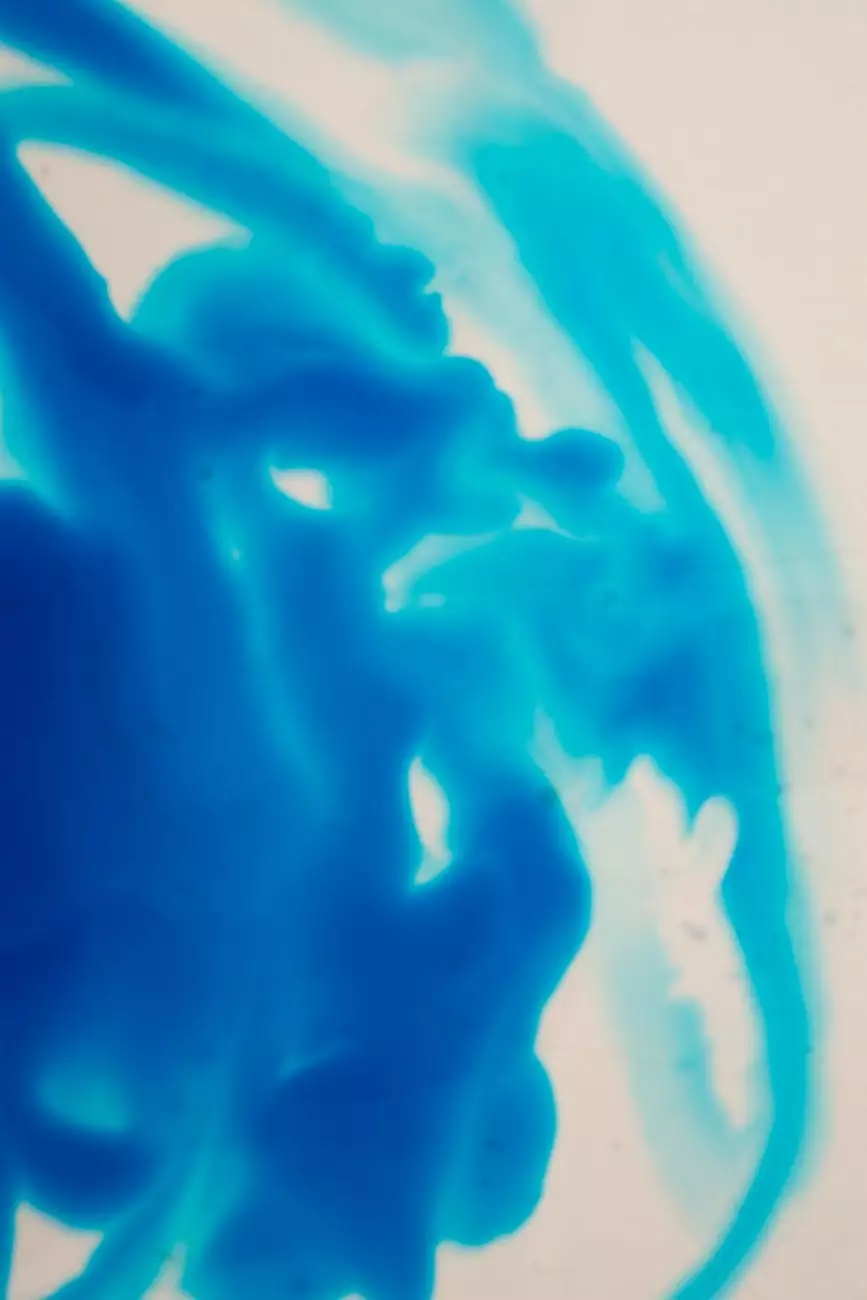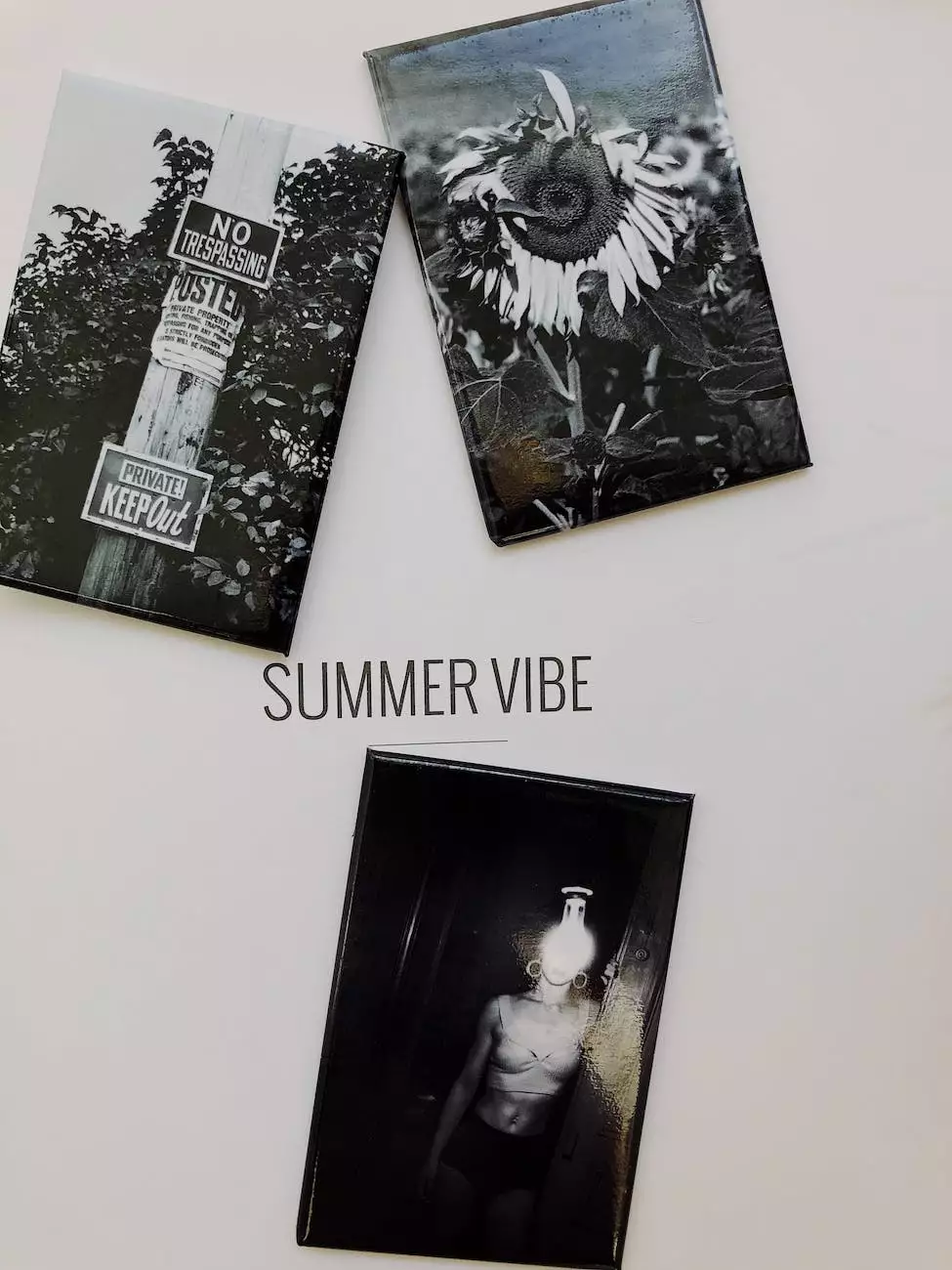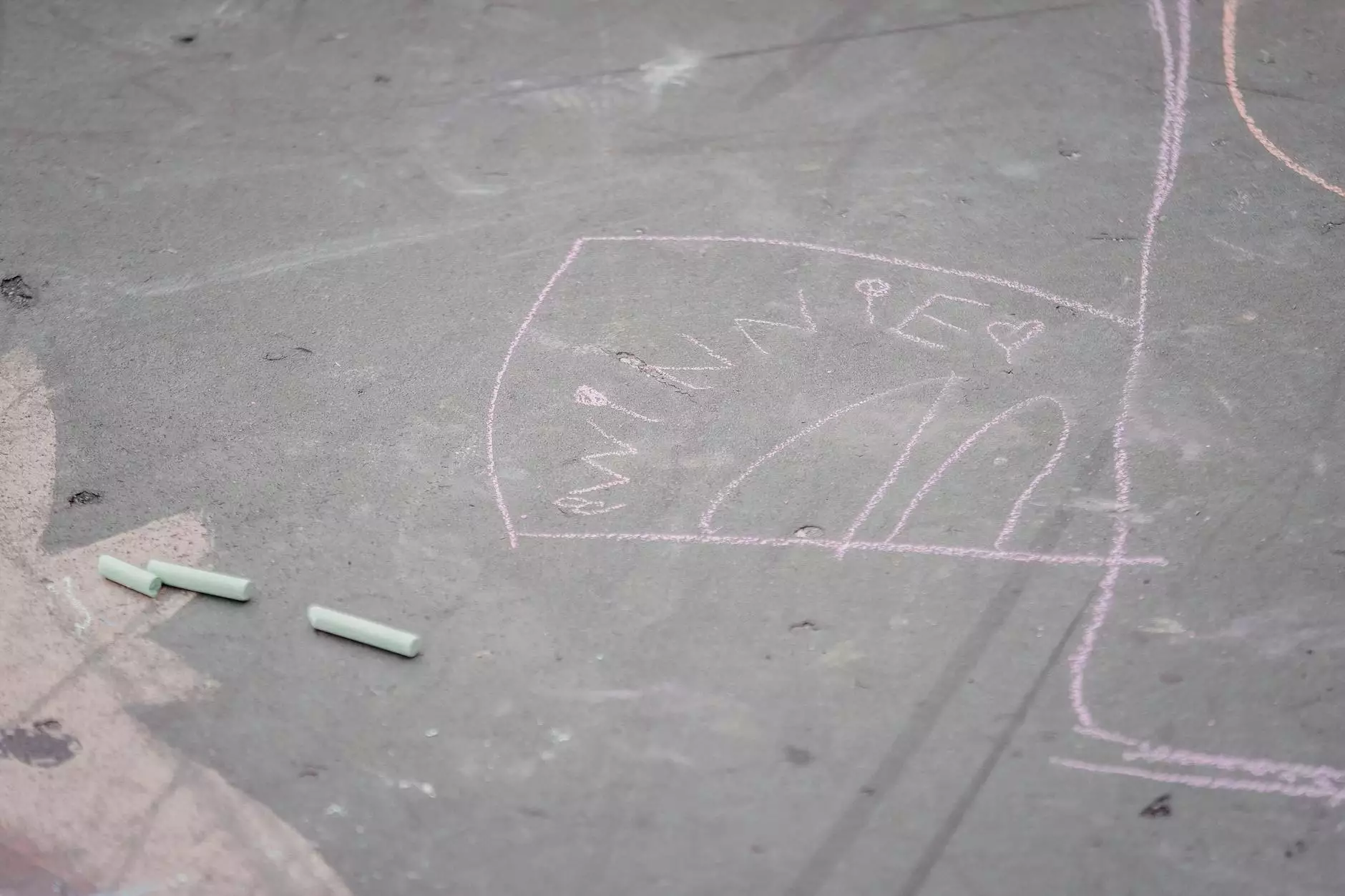Traditional Symbols Jewish Festival Of Sukkot Etrog, Lulav, Hadas, Arava - Krank Pompton
Community
About the Jewish Festival of Sukkot
The Jewish festival of Sukkot, also known as the Feast of Tabernacles, is an important holiday in the Jewish calendar, lasting for seven days. It is a joyous occasion that celebrates the gathering of crops and commemorates the journey of the Israelites through the desert after their exodus from Egypt.
Etrog - The Beautiful Citron Fruit
One of the significant symbols of Sukkot is the Etrog, a beautiful citron fruit. It is carefully chosen for its size, shape, and fragrance. The Etrog represents the heart and our ability to give praise to God. During Sukkot, it is customary to wave the Etrog together with the other symbols, forming a ritual called the "Four Species."
Lulav - The Palm Branch
The Lulav is a palm branch, representing the spine, which symbolizes our resilience and strength. It is traditionally used together with the Etrog, Hadas, and Arava in the Sukkot rituals. The Lulav is held along with the Etrog, and both are waved in all directions, symbolizing unity and the presence of God everywhere.
Hadas - The Myrtle Branch
The Hadas, a branch from the myrtle tree, represents the eyes. It symbolizes our ability to see the depth and beauty of the world around us. The Hadas is considered one of the Four Species and is an integral part of the Sukkot rituals. It is held together with the Lulav, Etrog, and Arava during waving ceremonies.
Arava - The Willow Branch
The Arava, a branch from the willow tree, represents the lips. It symbolizes our ability to speak words of kindness and blessing. Along with the Lulav, Etrog, and Hadas, the Arava is waved during Sukkot to signify the unity of the Jewish people and our connection to God.
Praying Book - Connecting with Spirituality
During Sukkot, special prayers called Hallel are recited, expressing gratitude and joy. The Praying Book is used to guide these prayers, providing a sense of spirituality during the holiday. It contains passages and Psalms that celebrate the blessings and wonders of life, reinforcing the essence of Sukkot.
Kippah - A Symbol of Reverence
The Kippah, also known as a yarmulke, is a small, circular head covering worn by Jewish people during religious ceremonies. It is a symbol of reverence and respect towards God. During Sukkot, wearing a Kippah reminds individuals of their connection to God and their commitment to following Jewish traditions.
Tallit - The Prayer Shawl
The Tallit, a rectangular prayer shawl with fringed edges, is worn during Sukkot to enhance the spiritual experience. It represents God's protective embrace and serves as a reminder of the commandments. Wearing the Tallit during prayers helps individuals focus their minds and hearts, fostering a deeper connection with their faith.
Conclusion
Sukkot is a joyous occasion filled with meaningful symbols. From the sweet scent of the Etrog to the unity portrayed by the Four Species, each symbol carries deep significance and connects individuals to their faith, history, and community. At Krank Pompton, we are devoted to providing you with a comprehensive guide to help you explore and understand the traditional symbols of the Jewish festival of Sukkot. Embrace the spirit of Sukkot and enjoy this festive celebration with a profound sense of meaning and connection.
For more information about Sukkot and its symbols, please visit our website or contact us for personalized guidance and support.




